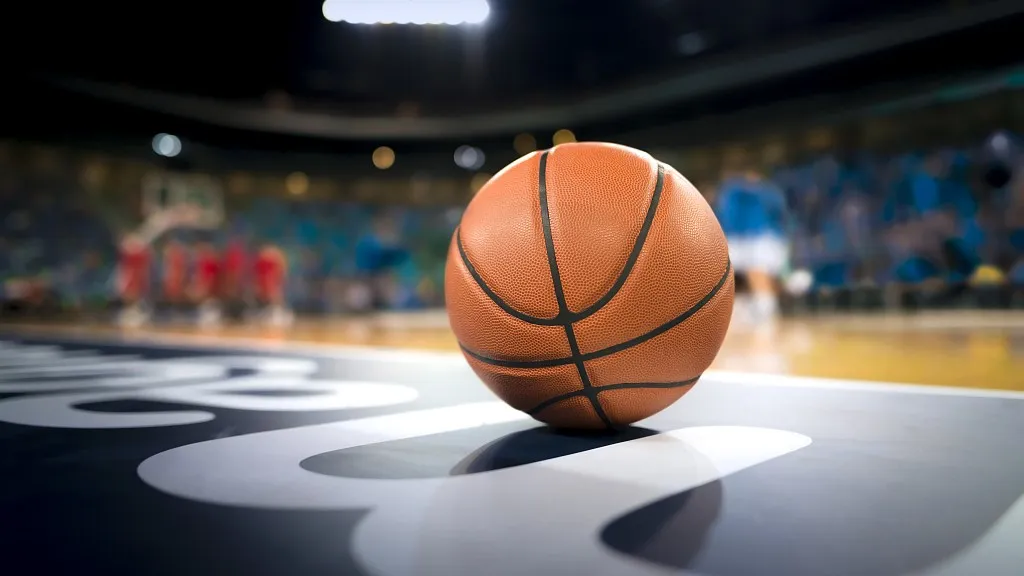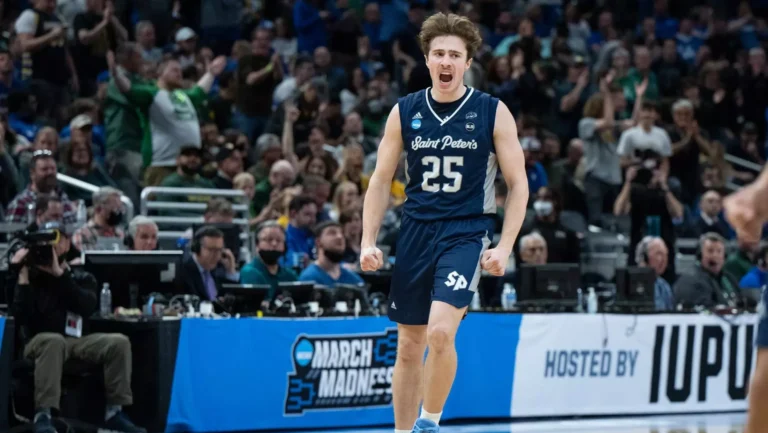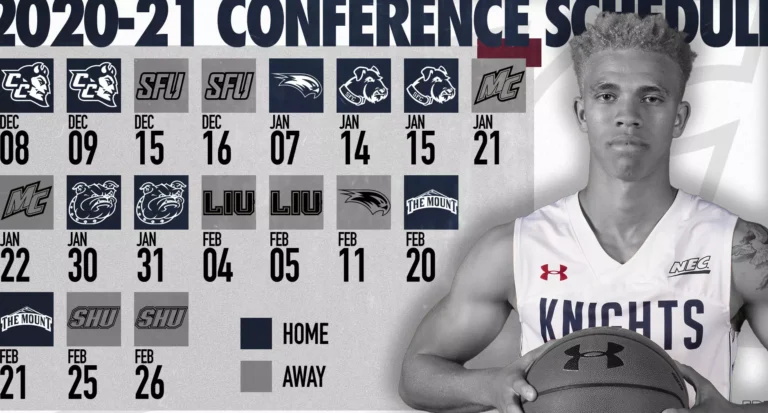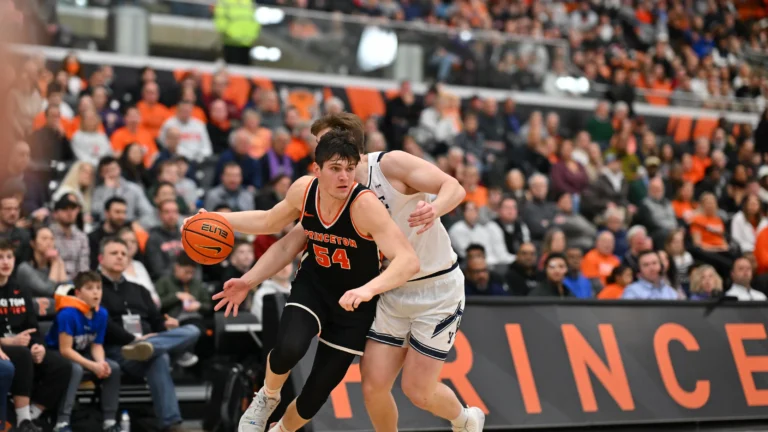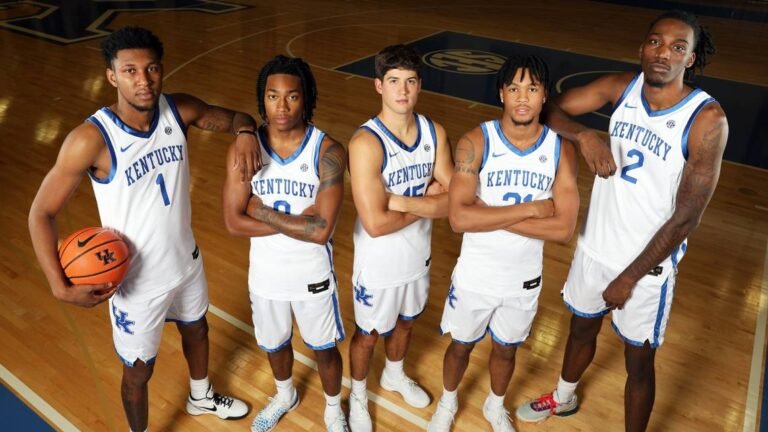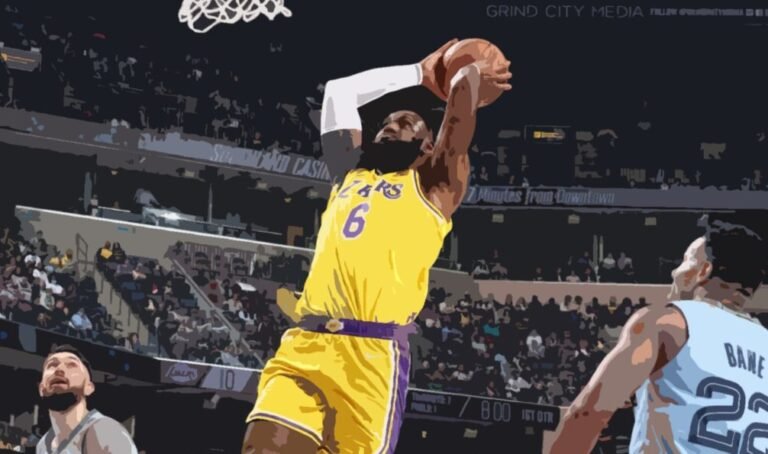How Many Periods in Basketball? Understanding the Game Structure
Basketball is one of the most popular sports worldwide, known for its fast-paced action, strategic gameplay, and dynamic scoring opportunities. One of the fundamental aspects of understanding basketball is its structure, particularly how many periods are played during a game. Today, we will discuss the various formats of basketball periods, covering different leagues and competitions, as well as the rules and strategies that influence the flow of the game.
Understanding the Basics of Basketball Periods
Basketball is typically divided into periods or quarters, depending on the level of play and the specific rules of the league or competition. These periods are crucial for organizing the game, ensuring fairness, and maintaining an exciting pace.
The Duration of Game Periods
The duration of each period in basketball can vary significantly based on the league:
- NBA: Each game consists of four quarters, each lasting 12 minutes, totaling 48 minutes of regulation play.
- NCAA (College Basketball): NCAA games are played in two halves, each lasting 20 minutes, making for a total of 40 minutes of playtime.
- FIBA (International Basketball): FIBA games also consist of four quarters, but each quarter lasts 10 minutes, totaling 40 minutes.
These differences in structure can lead to distinct strategies and pacing in gameplay.
The Structure of NBA Games
The National Basketball Association (NBA) is perhaps the most well-known professional indoor basketball league globally. Understanding its game structure is essential for both fans and aspiring players.
Four Quarters of Play
In the NBA, games are played in four quarters, each lasting 12 minutes. The game is structured as follows:
- First Quarter: 12 minutes
- Second Quarter: 12 minutes
- Halftime: 15-minute break
- Third Quarter: 12 minutes
- Fourth Quarter: 12 minutes
This format allows for a total of 48 minutes of game time. However, with stoppages for fouls, timeouts, and other interruptions, the actual length of an NBA game can extend to over two hours.
Overtime Periods
The NBA implements overtime periods to determine a winner. Overtime lasts for 5 minutes. If the game remains tied after the first overtime, additional overtime periods are played until a winner is determined. Overtime can be intense, with players often pushing their physical limits to secure victory.
The Importance of Timeouts
Each team in the NBA has a limited number of timeouts they can use throughout the game. Coaches often use these timeouts to regroup, implement strategies, or allow players to rest. The allocation of timeouts varies, with teams allowed to call a specific number during regulation play and additional timeouts during overtime.
Fouls and Free Throws
Fouls play a significant role in NBA games. Players are allowed six personal fouls before being disqualified from the game. When a player is fouled while attempting a shot. They are awarded free throws. Understanding how fouls accumulate and the free throw rules can impact the outcome of the game, as teams must manage their fouls carefully.
College Basketball Game Structure
College basketball is governed by the NCAA, which has distinct rules and structures compared to the NBA.
Two Halves Format
In NCAA basketball, games are played in two 20-minute halves, totaling 40 minutes of gameplay. The structure is as follows:
- First Half: 20 minutes
- Halftime: 15-minute break
- Second Half: 20 minutes
This format creates a different pacing than the NBA’s quarter system, with teams needing to adjust their strategies to fit the halves.
Shot Clock Regulations
In college basketball, the shot clock is set to 30 seconds. Giving teams a limited amount of time to attempt a shot after gaining possession of the ball. This rule encourages faster-paced play and strategic offensive moves, ensuring the game remains engaging and dynamic.
Overtime in College Basketball
Similar to the NBA, if an NCAA game is tied at the end of regulation, a 5-minute overtime period is played. If the score remains tied after the first overtime. Overtime periods are played until a winner is determined. The overtime rules add excitement and unpredictability to the conclusion of tightly contested games.
The Role of Team Fouls
In NCAA basketball, fouls accumulate on a team basis. After a certain number of fouls (typically seven), the opposing team is awarded bonus free throws for each subsequent foul. This rule encourages teams to play disciplined defense and manage their fouls strategically. Excessive fouling can lead to easy scoring opportunities for the opponent.
FIBA and International Basketball
FIBA (Fédération Internationale de Basketball) governs international basketball, and its structure differs from both the NBA and NCAA.
FIBA games consist of four quarters, each lasting 10 minutes. The overall game structure is as follows:
- First Quarter: 10 minutes
- Second Quarter: 10 minutes
- Halftime: 15-minute break
- Third Quarter: 10 minutes
- Fourth Quarter: 10 minutes
This structure emphasizes quick transitions and high-energy play, as teams have less time to score compared to the NBA or NCAA formats.
FIBA also implements overtime periods, lasting 5 minutes each. If the game is tied at the end of regulation. Overtime in FIBA is particularly exciting, as teams must quickly adapt to the intensity and urgency of the extra period.
In FIBA basketball, team fouls accumulate. Leading to bonus free throws after a certain number of fouls are committed (usually after the fifth team foul). This rule encourages teams to play a more controlled and disciplined style of defense.
Variations in Different Basketball Leagues
Beyond the NBA, NCAA, and FIBA, basketball is played in various leagues worldwide. Each with unique rules and structures.
Many professional leagues, such as the EuroLeague, adopt structures similar to FIBA. Typically, these leagues consist of four quarters, but the duration of each quarter may vary. It is essential to familiarize yourself with the specific rules of each league to understand. How periods are structured and how they influence gameplay.
Youth leagues and amateur basketball often adopt shortened game durations and may use different formats, such as two 20-minute halves or four 8-minute quarters. These variations allow younger players to develop their skills and enjoy the game without the intense physical demands of longer games.
Strategies Influenced by Period Structure
The structure of basketball periods significantly influences game strategies for teams and coaches.
Managing Fatigue
In leagues with longer game durations, such as the NBA, teams must manage player fatigue throughout the game. Coaches often rotate players to ensure that fresh legs are on the court during critical moments. Understanding the pacing of the game and when to utilize timeouts is crucial for maintaining energy levels.
Playcalling and Adjustments
Coaches often use timeouts to make strategic adjustments during games. For instance, if a team is struggling defensively, a coach might call a timeout to regroup and implement a new defensive strategy. The ability to make quick adjustments is vital in basketball, as the game can change rapidly.
Late-Game Strategies
In close games, teams often employ different strategies during the final minutes of regulation or overtime. Coaches may choose to slow down the pace, run specific plays, or focus on defensive efforts to protect a lead. Understanding how to execute these strategies during critical periods is essential for success.
The Impact of Television and Commercial Breaks
The structure of basketball periods is also influenced by television broadcasting and commercial breaks. In professional leagues, these breaks can extend the overall length of a game, allowing networks to air advertisements and maximize viewership.
During timeouts, broadcasters often take commercial breaks, which can lead to longer interruptions in gameplay. This aspect is particularly evident in the NBA. Where timeouts are strategically called to coincide with commercial breaks. While this can be beneficial for networks, it can disrupt the flow of the game and affect teams’ momentum.
The management of game periods, timeouts, and commercial breaks also plays a role in viewer engagement. Leagues must balance the need for advertising revenue with maintaining an exciting viewing experience for fans. Understanding how these factors influence the game can help fans appreciate the complexities of basketball at the professional level.
Conclusion
Understanding the structure of basketball periods is crucial for fans, players, and anyone looking to engage with the sport. Whether it’s the four quarters of an NBA game, the two halves of NCAA basketball, or the international standards set by FIBA, each format has its unique characteristics that influence gameplay.
The differences in game structure also affect strategies, player management, and overall pacing. By knowing how many periods are in basketball and the specific rules governing each league, you can enhance your enjoyment of the game and appreciate the strategies teams employ throughout different stages of play.
FAQs
How long is a basketball game?
The length of a basketball game varies by league: NBA games are 48 minutes long, NCAA games are 40 minutes, and FIBA games are also 40 minutes.
What happens if a basketball game ends in a tie?
If a game is tied at the end of regulation, overtime periods are played until a winner is determined. Overtime typically lasts 5 minutes in most leagues.
Are timeouts the same in all basketball leagues?
No, the number of timeouts and their duration can vary across different basketball leagues. For example, the NBA has specific rules regarding timeouts. While NCAA and FIBA leagues have their own distinct regulations concerning how and when timeouts can be called.
Can a player be disqualified from a game?
Yes, players can be disqualified after committing a certain number of personal fouls. In the NBA, a player is disqualified after six fouls, while in the NCAA, it is five fouls. This rule emphasizes the importance of playing disciplined defence.
Why is the shot clock important?
The shot clock is crucial in basketball because it ensures that teams attempt a shot within a limited time frame, promoting a faster pace of play and encouraging offensive creativity. In the NBA, the shot clock is set to 24 seconds, while in NCAA basketball, it is set to 30 seconds.

